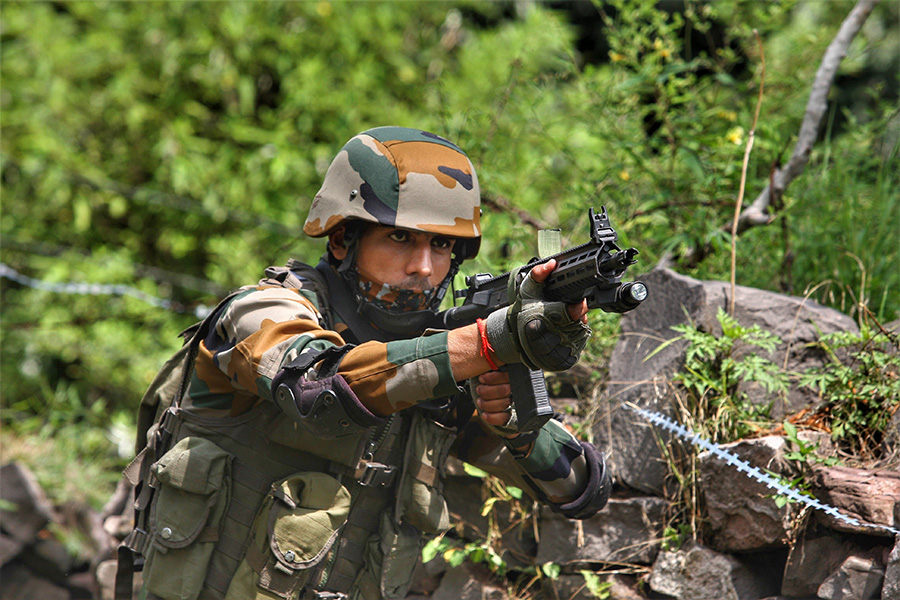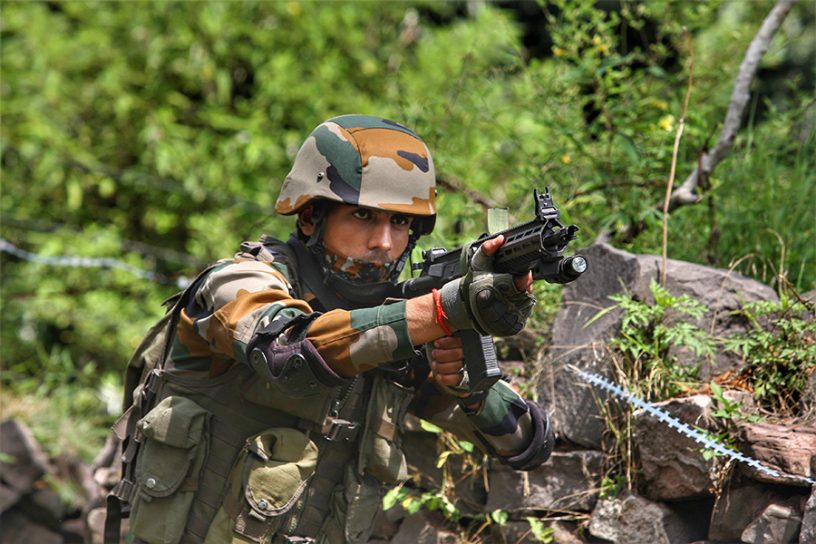
This study shows that the greater thrust towards militarism in counter-insurgency strategy under the BJP, has, paradoxically, increased the security of military/police personnel involved in counter-insurgency operations, without commensurate changes in the security of those whom they are mandated to defend.
Author
Subhasish Ray, Professor, Jindal School of Government and Public Policy, O. P. Jindal Global University, Sonipat, Haryana, India.
Summary
Has the consolidation of the Hindu nationalist Bharatiya Janata Party (BJP) as the dominant party at the national level since the 2014 Lok Sabha election affected internal security outcomes in India? This question assumes particular significance because of the primacy accorded to the use of force in the BJP’s counter-insurgency (COIN) strategy.
Using sub-national data on insurgency-related fatalities from 2005–2021, I examine whether states where the BJP received the largest share of votes in the 2014 Lok Sabha election subsequently experienced any significant changes in the pattern of fatalities.
Implementing a difference-in-difference econometric specification, I show that the BJP states experienced a relatively sharper decline in security force fatalities from pre-2014 compared to non-BJP states.
However, there was no such effect on civilian fatalities or the total number of insurgency-related incidents. Taken together, these findings show that the greater thrust towards militarism in COIN strategy under the BJP, has, paradoxically, increased the security of military/police personnel involved in COIN operations, without commensurate changes in the security of those whom they are mandated to defend.
Published in: Small Wars & Insurgencies
To read the full article, please click here.


